Innovators
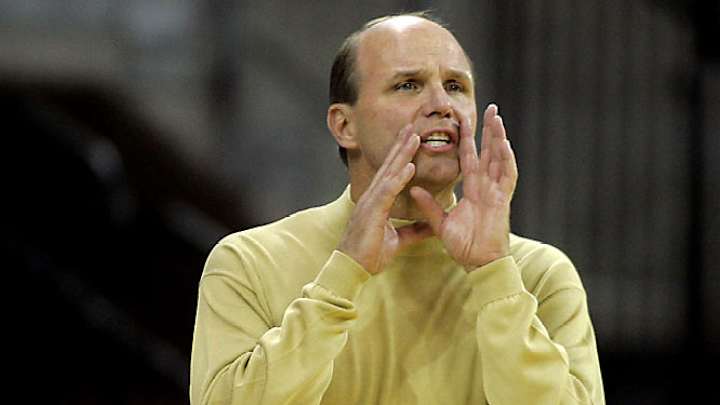
Innovators
Vance Walberg

Walberg is the creator of the "Attack Attack Skip Attack Attack" (AASAA, for short) offense that inspired the attack John Calipari now uses with No. 1-ranked Memphis. The system relies heavily on guards' off-the-dribble creativity, but it didn't work well at Pepperdine: Walberg was 8-23 in his first season, and 6-12 this year before resigning for "personal reasons."
John Calipari
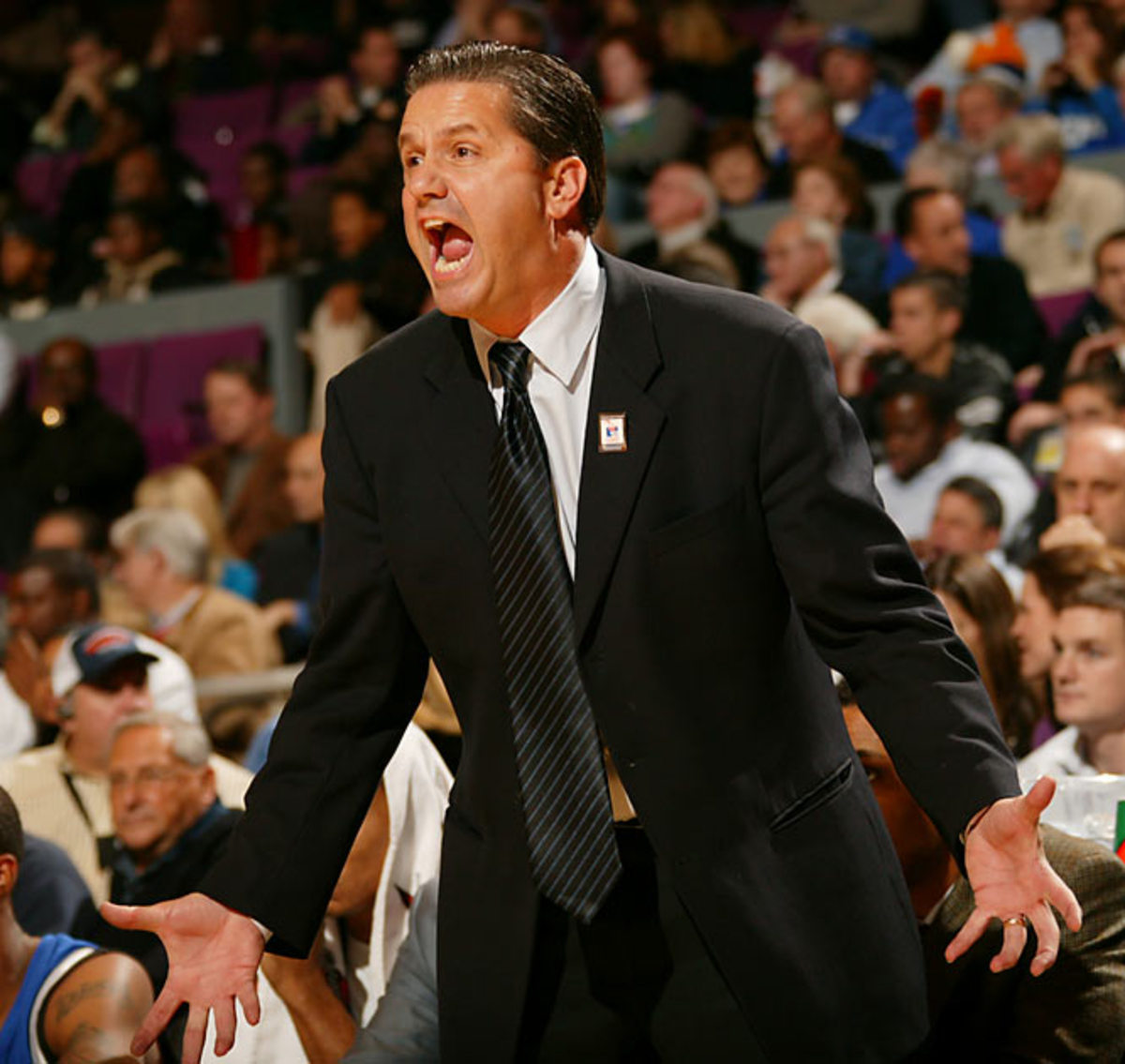
Calipari modified Vance Wahlberg's "Attack Attack Skip Attack Attack" scheme to create a dribble-drive motion offense that takes advantage of Memphis' backcourt athleticism. Before the beginning of this season, the Tigers' coach also founded the first-ever U.S. college partnership with the Chinese Basketball Association, which includes having a Chinese coach observe the team for the entire 2007-08 season.
Bruce Pearl
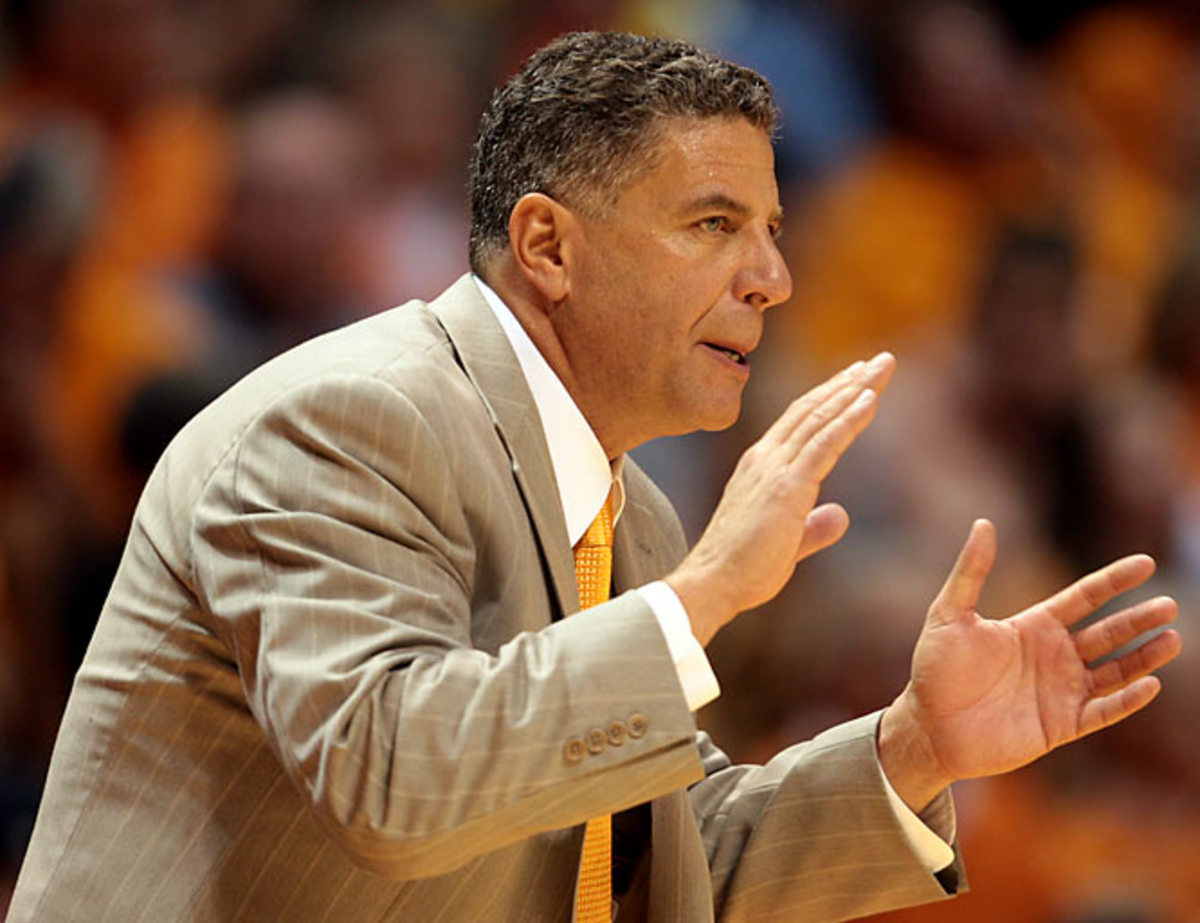
Pearl's version of the 1-2-1-1 press -- a scheme he originally learned under Tom Davis at Boston College and Iowa -- has taken the SEC by storm in his two and a half seasons in Knoxville. Using no true center, Pearl's army of guards and swingmen create intense, full-court pressure on the ball.
Bo Ryan
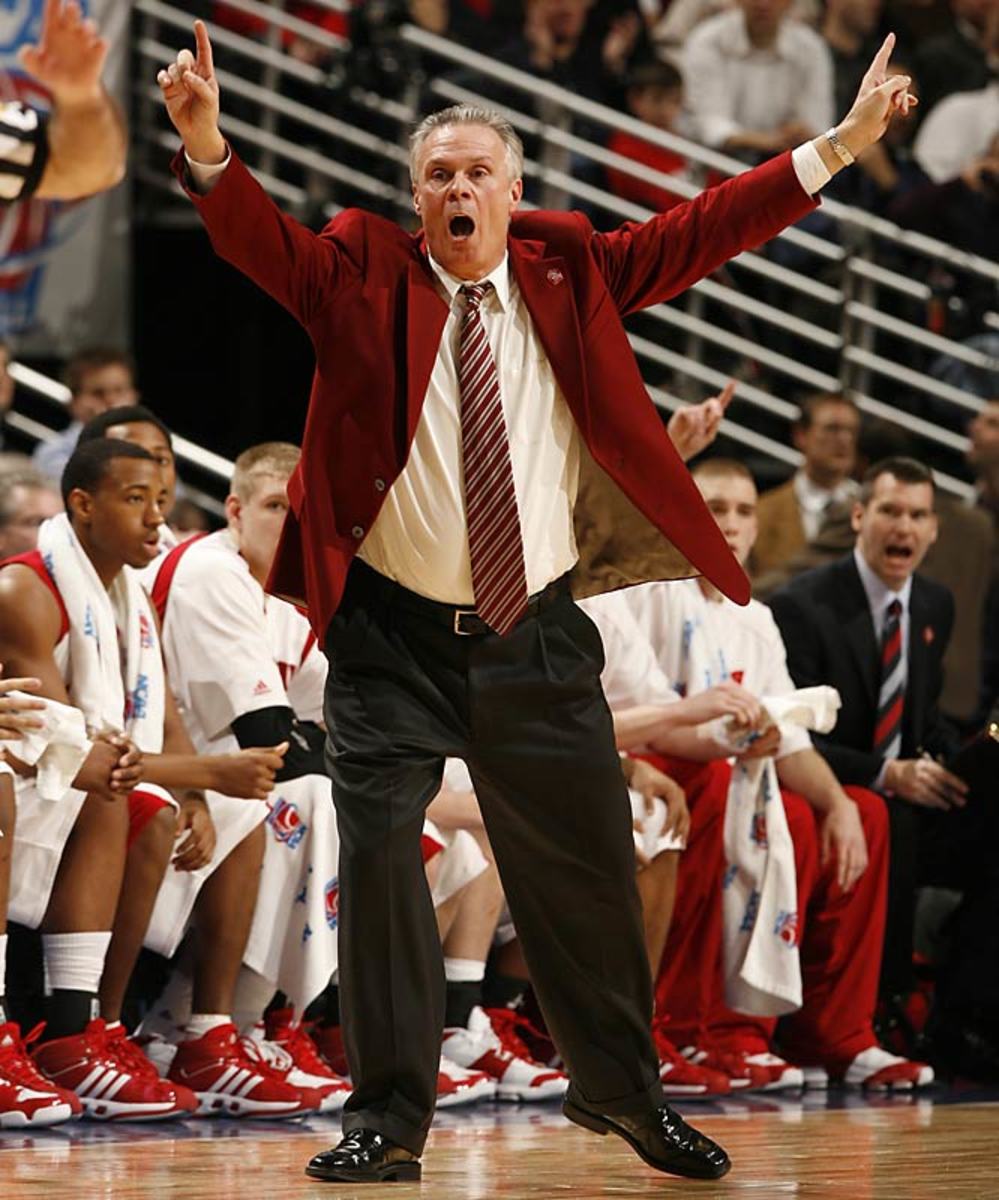
Ryan's swing offense, which the Badgers have used to contend for Big Ten titles of late, is a four-out, one-in scheme that tends to generate plenty of scoring in the paint. Opposing big men are forced to guard the perimeter in inverted sets, and defenses are hit with a steady diet of flex cuts.
David Arsenault

A crazed version of the run-and-gun, Arsenault's scheme stipulates that the ball be shot within 12 seconds of each possession -- preferably on a three-point attempt created off of a dribble drive. His defense -- what there is of it, which isn't much -- consists of a 1-2-1-1 press that gambles for turnovers and gives up oodles of layups. At the very least, it makes for highly entertaining, 120-point-plus games.
Jay Wright
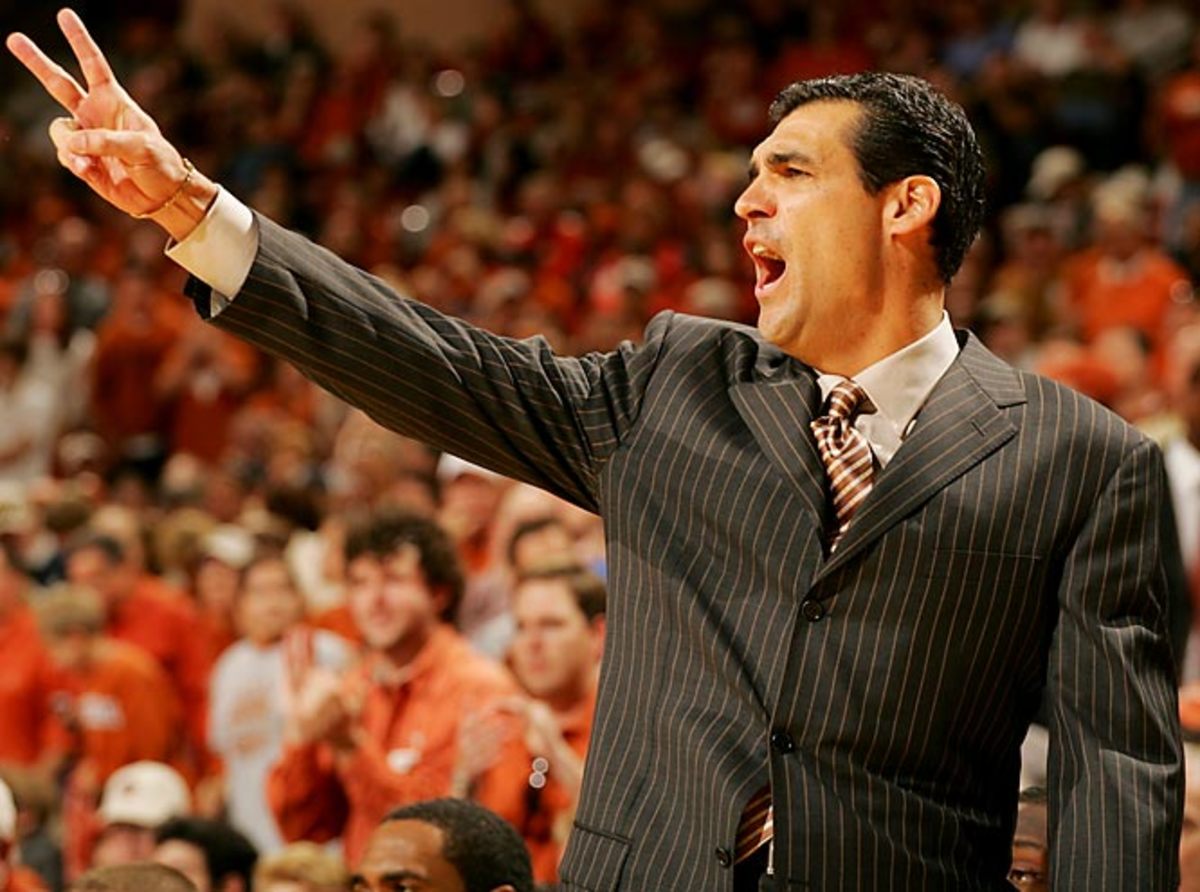
Faced with a size shortage and a backcourt talent surplus of Randy Foye, Allan Ray, Kyle Lowry and Mike Nardi, Wright devised a four-guard offense in '05-06 that got the Wildcats all the way to the Elite Eight. He's currently reviving the attack with Scottie Reynolds, Corey Fisher, Corey Stokes and Malcolm Grant.
John Beilein
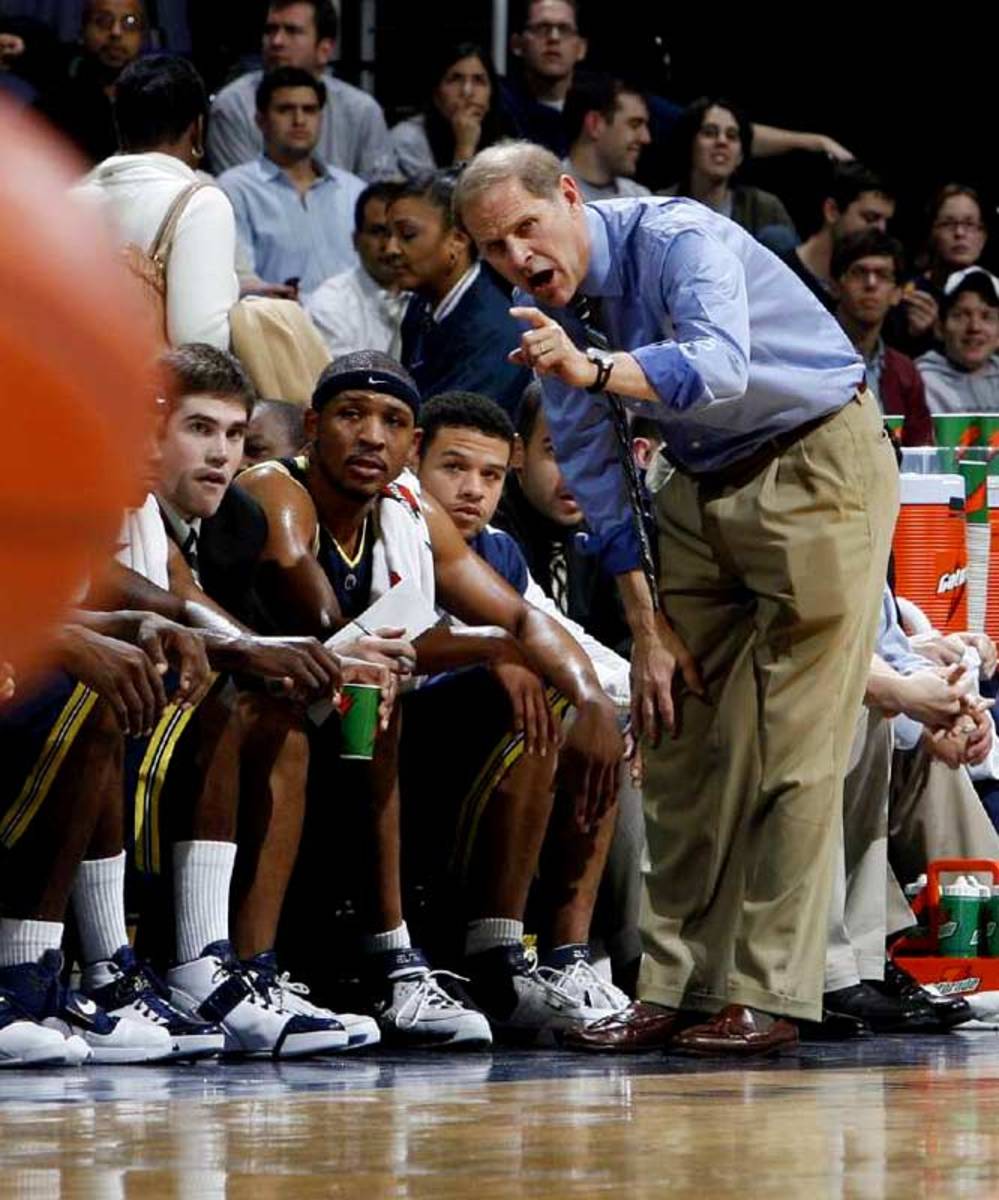
Beilein has yet to work wonders at Michigan (his Wolverines are currently 5-13 in his debut season) but he was regarded as a wiz at West Virginia. His trademark 1-3-1 defense often baffled Big East opponents, and his perimeter-based offense, which features high-volume 3-point shooting, lots of precise motion and back-cuts, is one of the more complicated attacks in the country to defend.
John Thompson III
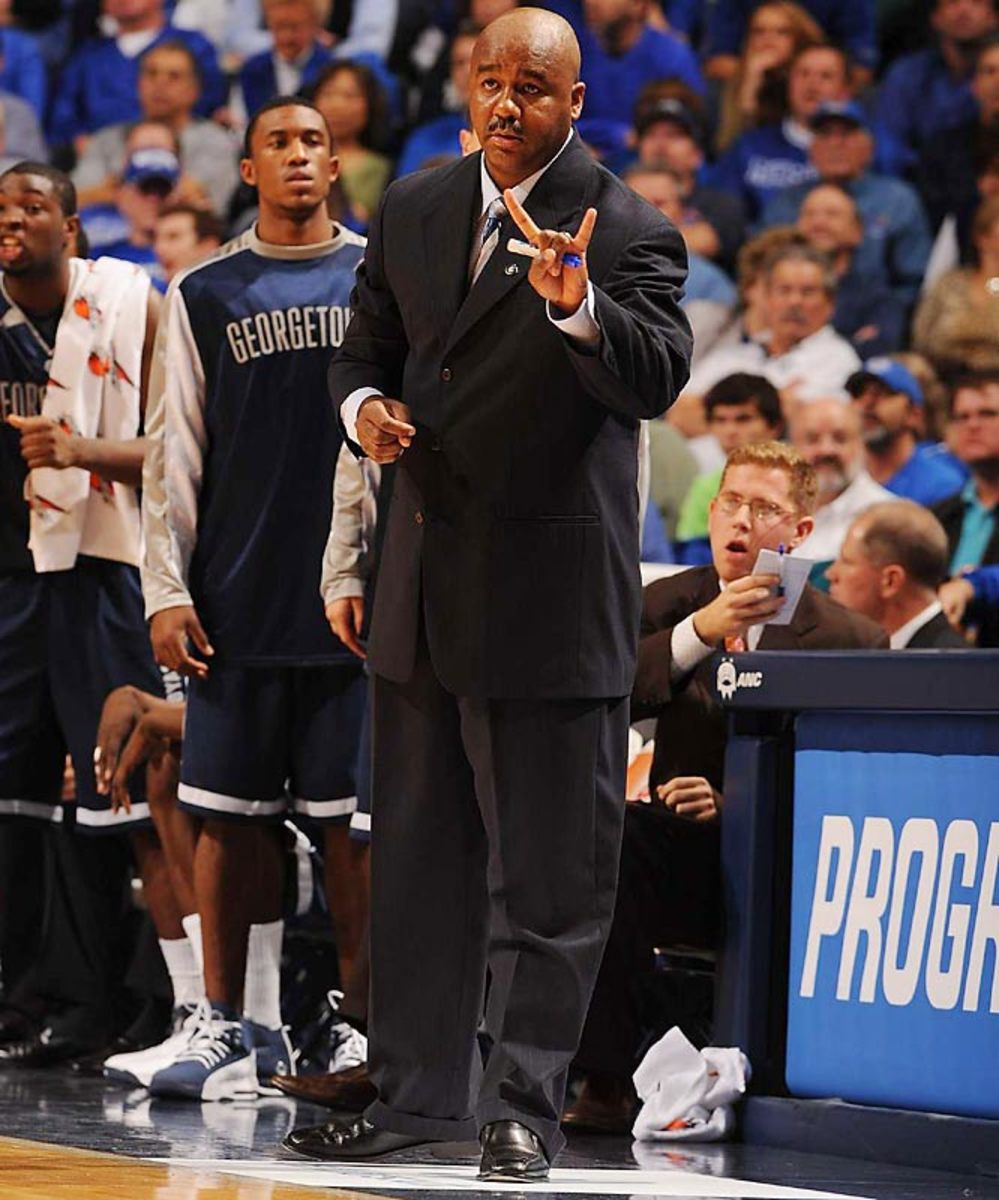
Pete Carril is the inventor of the Princeton offense; JTIII is the one who modified it for use with higher-caliber athletes at Georgetown. Using this highly efficient, backcourt-heavy offense, Thompson coached the Hoyas to the Final Four in 2007.
Roy Williams
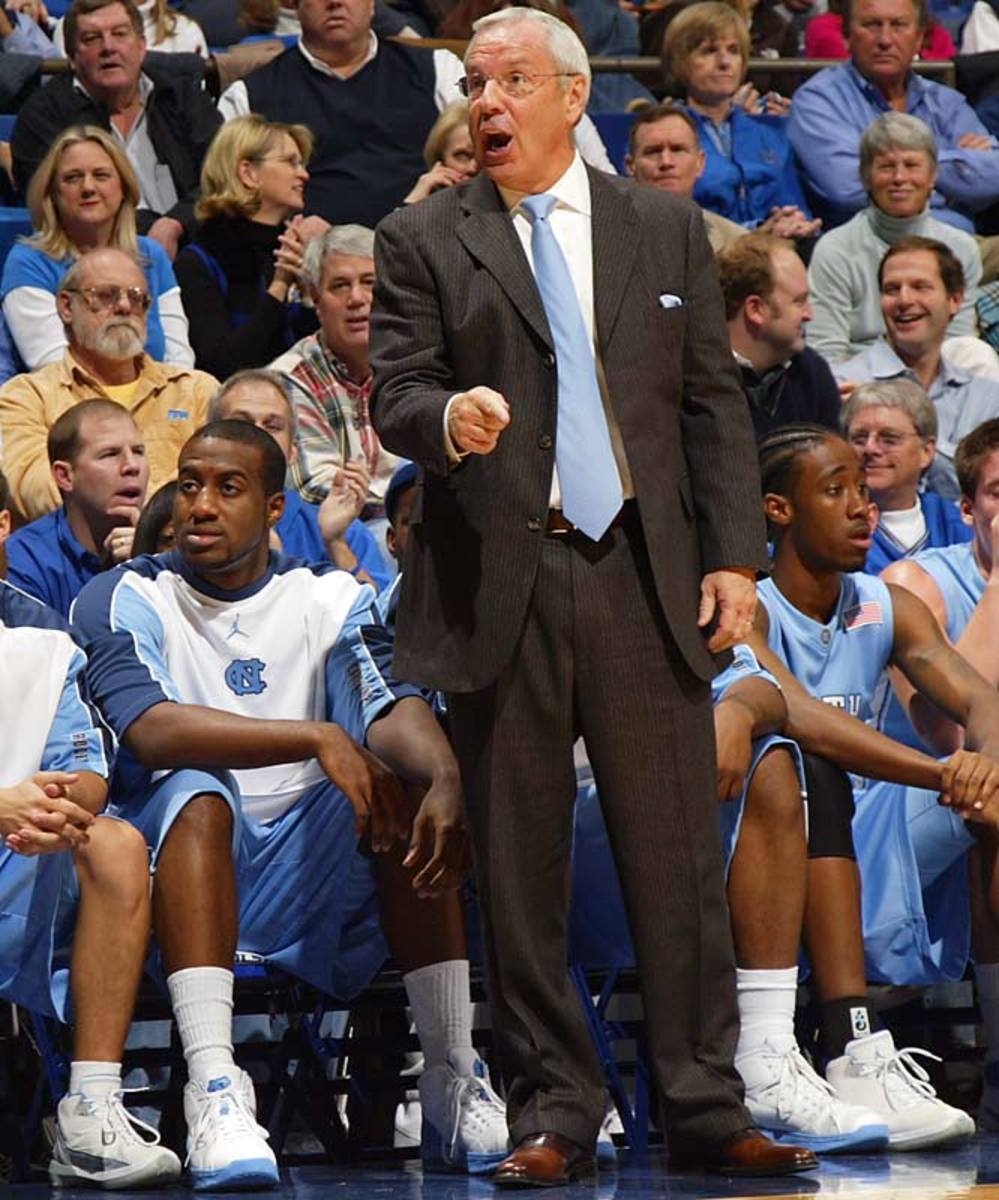
Williams' mentor, Dean Smith, is the one who first devised the famed Carolina Secondary Break, but Roy has increased the pace -- and the Tar Heels' reliance on it -- in his return to Chapel Hill. The Tar Heels like to attack during this transitional period between the initial fast-break and their motion offense, because defenses are often neither set nor in the proper man-to-man matchups.
Rick Barnes, Texas, and Mike Krzyzewski, Duke

Both Barnes (left) and Krzyzewski claim to have borrowed principles from the Phoenix Suns in order to revamp their college offenses. Texas and Duke play up-tempo attacks that rely on spacing rather than size, and are well-suited for both teams' array of athletes on the perimeter.<br><br>Send comments to siwriters@simail.com.
